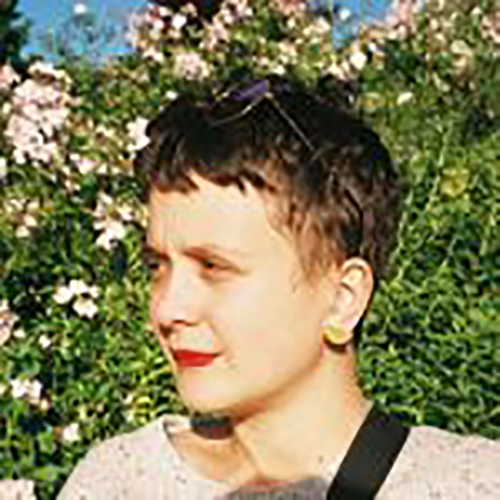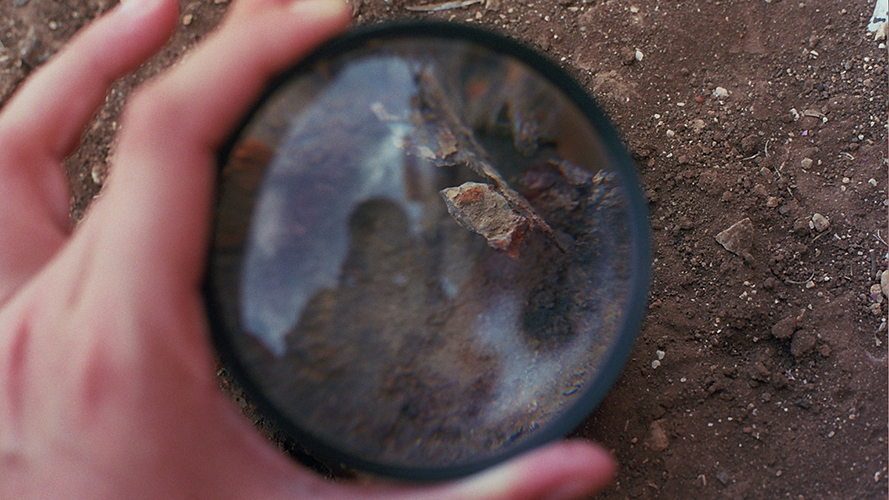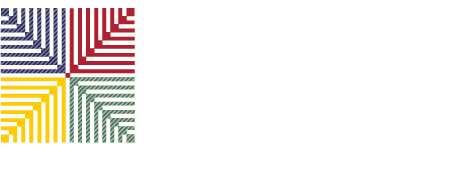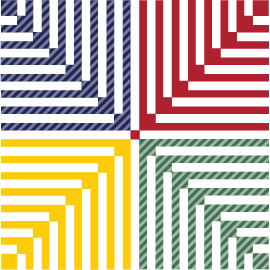

The Sun and the Looking Glass: For One Easily Forgets But the Tree Remembers (2020, 23 min) was conceived and filmed on a hill above a small Palestinian village called Ein Qiniya, northwest of Ramallah, which has existed since the Roman era. Its name originates from the presence of four springs in the village. Desse was a resident fellow at Sakiya, a pedagogical organization dedicated to art, science, and agriculture based in Ein Qiniya. The organization takes its name from a large area of land on a hillside that is part of Ein Qiniya and is also called Sakiya. Because it’s in Area C, on which Palestinians aren’t allowed to build, Sakiya has reverted to being wild and rich with diverse vegetation.
The film’s principal character is a tree called the qaiqab, which is common to the Middle East. These trees can live as long as 400 years; the particular one in the film is about 200 years old. The tree is a silent witness to time.
Looking at the objects uncovered during the renovations of two buildings, French filmmaker Milena Desse uses a camera and magnifying lens to uncover clues about their history. The magnifying glass, with sunlight, produces a text. Desse fills white pages, word by word, with sentences about what used to give life to the village.
BPFF recently spoke with Desse about making The Sun and the Looking Glass.


BPFF: What inspired you to communicate with a looking glass and text?
MD: I’m very interested in how to work with this relationship between language and image. And this specific system that I made was invented through experimentation with inks that react to warmth. What you see is actually shown backwards. The ink disappears with the heat created by the sunlight. So we filmed its erasure and transformed it into a revelation through the editing process.
It took a really long time, and many takes, to get right. I wanted to work with the natural light and elements there as if nature was revealing stories. It’s the same kind of relation with the tree, which appears as a character, almost a narrator. I was interested in seeing how these elements—the stones, the trees, the sun—could actually be witnesses and how I could lend them voices in order to reveal the story of the place.
BPFF: Do you have family in that village?
MD: No, but it’s a place with which I feel very connected somehow. Some places just have that effect on you. It was clear that it had this very strong energy and that I needed to spend time there.
BPFF: You were on your own? Or did you have assistance?
MD: When I was in Sakiya, I spent most of my time alone on the hill, watching and listening to the landscape. I also had discussions with the team there, mainly with Haifa Zalatimo, whose family bought the houses in the 1930s and who now works in the organization. These conversations helped me to better understand the story of the place and fed the writing of the poems.
For the filming of the texts, I had to handle the lens, so I worked with a camera operator, Mashal Kawasmi. I also worked with Montaser Alul to do some field recording. The film was produced with a very low budget, so there are many things I did myself, but all of this could never have happened without their inputs, help, and feedback. A kid from the village, Mohammad, was also of great assistance and company during the film shooting and the ink’s experiments!
BPFF: Is the village in danger right now of being taken by Israelis?
MD: In the West Bank, settlements are expanding. The Israeli government is trying to legalize them and to insure their agency and domination on the land. The reality of the occupation is very concrete and tangible. For example, across from the village, there’s a settlement called Dolev. The land [for Dolev] was confiscated from three Palestinian villages including Ein Qiniya. In August 2019 (one week before I started the residency), the Israeli prime minister announced his plans to expand the settlement and build 300 new houses. It’s not an isolated case; many areas in the West Bank face similar threats.
Despite all of these difficulties, the people behind Sakiya are giving a fresh impetus to the village and its surroundings with their project. They connect regeneration of the biodiversity and fertility of the land to artistic creativity and visibility of local and international culture.
BPFF: What do you think of using film to help Palestine?
MD: Art in general is central and necessary. It’s important that we don’t only rely on media to speak about the situation, because they speak one kind of language and art speaks another. We need as many narratives and perspectives as possible in order to understand better and to find means of resistance. One big issue with mainstream media is that it represents the Other as being different. That’s what I tried notto do. And that is precisely a quality which the poetic and artistic lens enables. That’s also why there are no portraits of people in the film. It allows a more direct relation to the story. The texts are written and not spoken. For when you read something, you hear your own voice; it becomes something that you can take more personally, or that you can relate to in a more intimate way.
BPFF: We’ve been told by Palestinians that it’s much easier for non-Palestinians, including Israelis, to shoot film about Palestine because of restrictions. Is that a lack of access to funds or restricted traveling? Did you find that you had more freedom?
MD: Of course, if you talk about freedom of movement, about crossing checkpoints—then yes, definitely. It’s easier for me than for persons in the West Bank to travel to Jerusalem or in the 1948 areas [inside Israel]. Not forgetting all the Palestinian refugees who are completely denied access to their land. But there are a lot of Palestinian filmmakers in Palestine, and they’re doing amazing work!
So I think there are different layers. Someone from outside will have a different relation to the land and to the space. Being from the outside allows different positioning. And when you talk with people, the way you address them and the way they address you is of course very different too. It’s a bit like the difference between making a self-portrait versus portraying someone else. You shoot your subject in a different way, and it allows different things. So I don’t think one is necessarily easier than the other; I just think that the “external” gaze is allowing different approaches.
BPFF: What’s your next project?
MD: I’m working on some other projects—for instance, with the artists’ collective ARG (animation research group) on a film project with the Albanian Film Archive, and with the collective Greyzone Zebra on a research project on colonial home movies. You can find expanded works made out of the same materials as The Sun and the Looking Glass here. I’m also starting to work on a new film project, but it is still in the writing process.
BPFF: Who are some Palestinian artists that you met while in Palestine?
MD: Dima Srouji is one of them—she made some really brilliant works in the last years, among them Hollow Forms, Ghosts, and Depth Unknown, where she researches how archaeology is used as a political tool in occupation and colonialism. I also think of Yasmin Zaher (co-producer, Junction 48), an amazing novelist who also works sometimes in filmmaking. And I would like to pay tribute to the great artist Mohammad Joulani, my friend, who passed away last week and who left a beautiful body of work behind him.
BPFF: Thanks for taking the time to speak with us.

